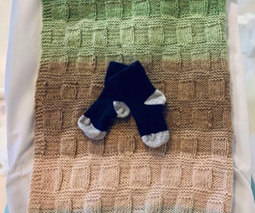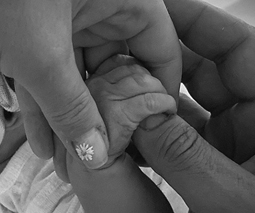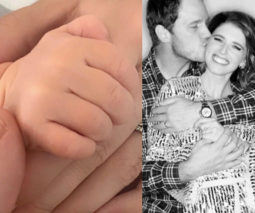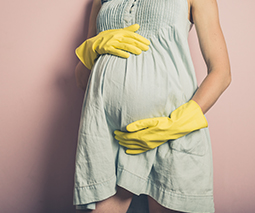Why emergency c-sections happen and what to expect if it happens to you
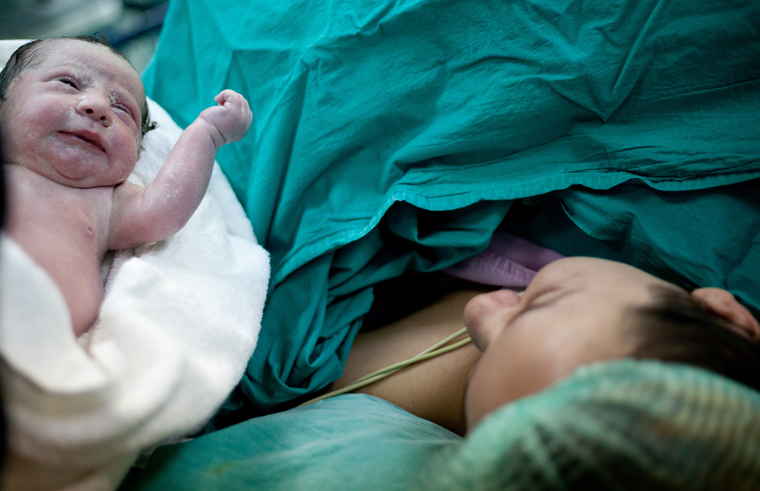
While the word ’emergency’ can be quite scary and an unplanned caesarean isn’t the choice of birth for any mother, emergency c-sections are quite common these days. Here’s everything you need to know about when you might need one and what the surgery involves.
Defining ’emergency’
A caesarean or c-section is when a pregnant mother’s baby is delivered via an operation in which doctors cut open her abdomen and manually remove the baby from her uterus. An emergency c-section works pretty much the same, however, it’s an unplanned decision made quickly by medical staff in what’s considered an emergency situation, where the health of the baby and/or mother is at risk.
When one is required
Emergency c-sections usually occur when labour has already commenced and complications arise. However, in rare instances, the urgency to deliver a baby is due to a sudden and fast deterioration in the mother’s health, which then requires immediate action to give both the baby and mother the best chance possible.
In labour, your doctor may call for an emergency c-section if any of the following happens:
- Foetal distress – the baby’s heart rate rises or drops suddenly
- Placenta or umbilical cord complications – e.g. it’s around the baby’s neck
- The baby appears too large or stuck to travel through the birth canal
- Excessive labour – it’s taking longer than normal with little or no progress
- Maternal health concerns – e.g. exhaustion from labour or dangerously high blood pressure
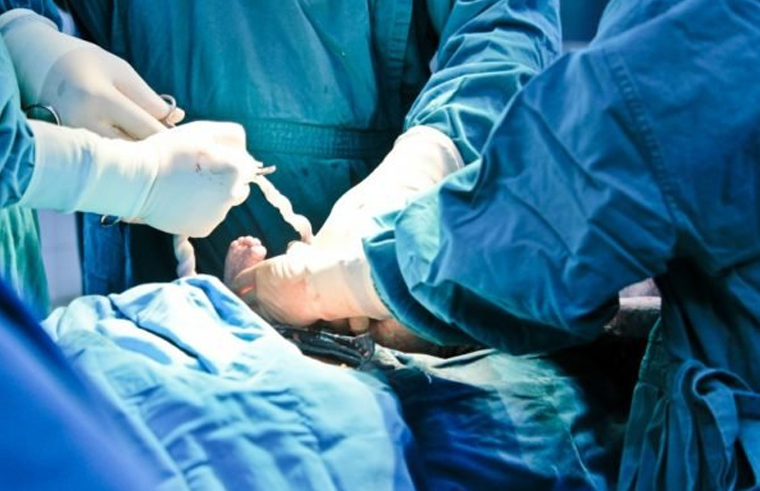
Pregnant women who are induced are also more likely to result in emergency c-sections due to the sudden onset of strong contractions, additional assistance such as hormone drips and epidurals, and the baby perhaps not being quite ready to come out.
What happens during the procedure
After your doctor has advised you that you’ll need an emergency c-section, you’ll be prepped for surgery. You will be given a ‘shower cap’ to put on your head, a catheter will be inserted (to ensure an empty bladder during the surgery), a spinal anaesthetic or epidural will be given (for which you sit on the bed, and they insert the needle into your back), and a drip put into your arm.
You’ll then be wheeled into the operating theatre along with your birthing partner (who can usually stay with you the whole time). In the room, there’s usually your doctor, their surgical assistant, an anaesthetist and one or two midwives.
A screen will be placed above your belly for hygiene reasons, then your lower tummy will be cleaned with disinfectant and possibly shaved (if there is hair in the way). Once they’ve checked that the anaesthetic has worked, they will perform two incisions in your abdomen and uterus to allow them to lift out your baby. Most women describe feeling some ‘tugging’ sensations at this stage, and while this can be disconcerting, it is not painful. If the baby has descended too far into the birth canal, they might require forceps to bring the baby back up.
Some hospitals actually have camera TVs where you can see your baby being born – if you wish!
In a severe emergency where it’s vital that your baby is born immediately, a general anaesthetic will be used – so you’ll be asleep when your baby is delivered. This is rare, however, and in most instances, you are wide awake and able to be part of the whole process.
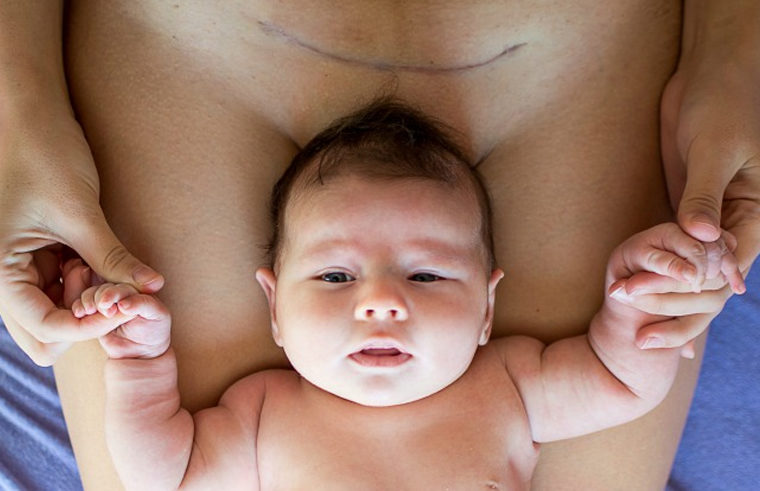
Once the baby arrives
Once the baby is born and the cord cut, a midwife will give them a quick wipe and weigh them before placing bub by your head and chest for a look and some skin-to-skin contact. Then while the placenta is delivered and you are sewn up, your birthing partner or the midwife will usually hold your baby.
All up, the c-section process usually takes no more than 30 minutes, and if all is well, you will soon be reunited with your baby in your hospital room where you can have a proper cuddle and commence nursing (if you intend to breastfeed).
Risks and recovery
As with any operation, there are risks and complications which can occur with emergency caesareans. Although uncommon, they can include reactions to medications, excessive bleeding, infections, blood clots and injuries to the baby or mother. Recovery is also a bit longer for a c-section delivery – especially one that’s an emergency or that had complications.
It might take an hour or so to get the use of your legs back and your catheter usually won’t be removed until the following day, so getting your bladder and bowels functioning properly again could take a few days. Your stay in hospital will be a few days longer than vaginal delivery (around 5-6 days) to give you more time to heal, and you’ll be given strong painkillers both there and for when you leave.
Once at home
When you return home, you won’t be able to drive, lift anything heavy or exercise for around six weeks. While this doesn’t sound great, it’s very important that you take it easy and allow your body to recover. Getting loved ones to help with chores, eating nutritious food, gentle walks and getting plenty of rest are all great ways to help speed up your recovery.
Many mums can also feel quite emotional about the fact they had an emergency c-section, especially if they were hoping to give birth in a specific way (such as naturally, or in the water). It’s important to remember that there was a reason for the operation. Try to take comfort in the fact that both you and your baby are safe and healthy, and that many women have undergone birth the same way. Your body has not ‘failed’ you!
Before you know it, you’ll be back to your usual self – aside from the addition of a small horizontal scar below the top of your undies (which does shrink and fade somewhat, with time). Think of it as a nice little reminder of the fact you’re now a mum!
If you had an emergency c-section and aren’t coping emotionally or physically, please speak to your doctor for support.
Read more about c-sections:




